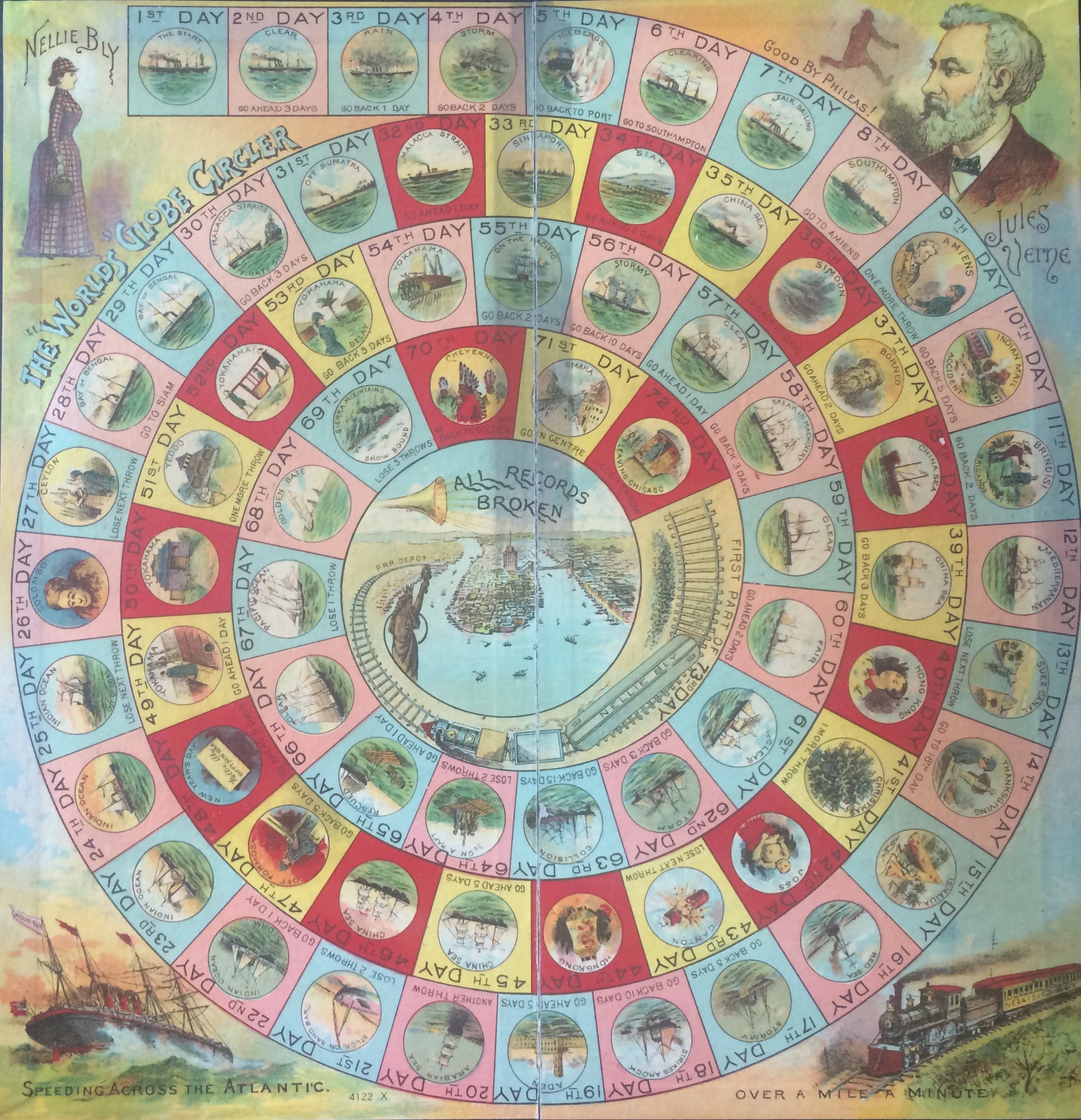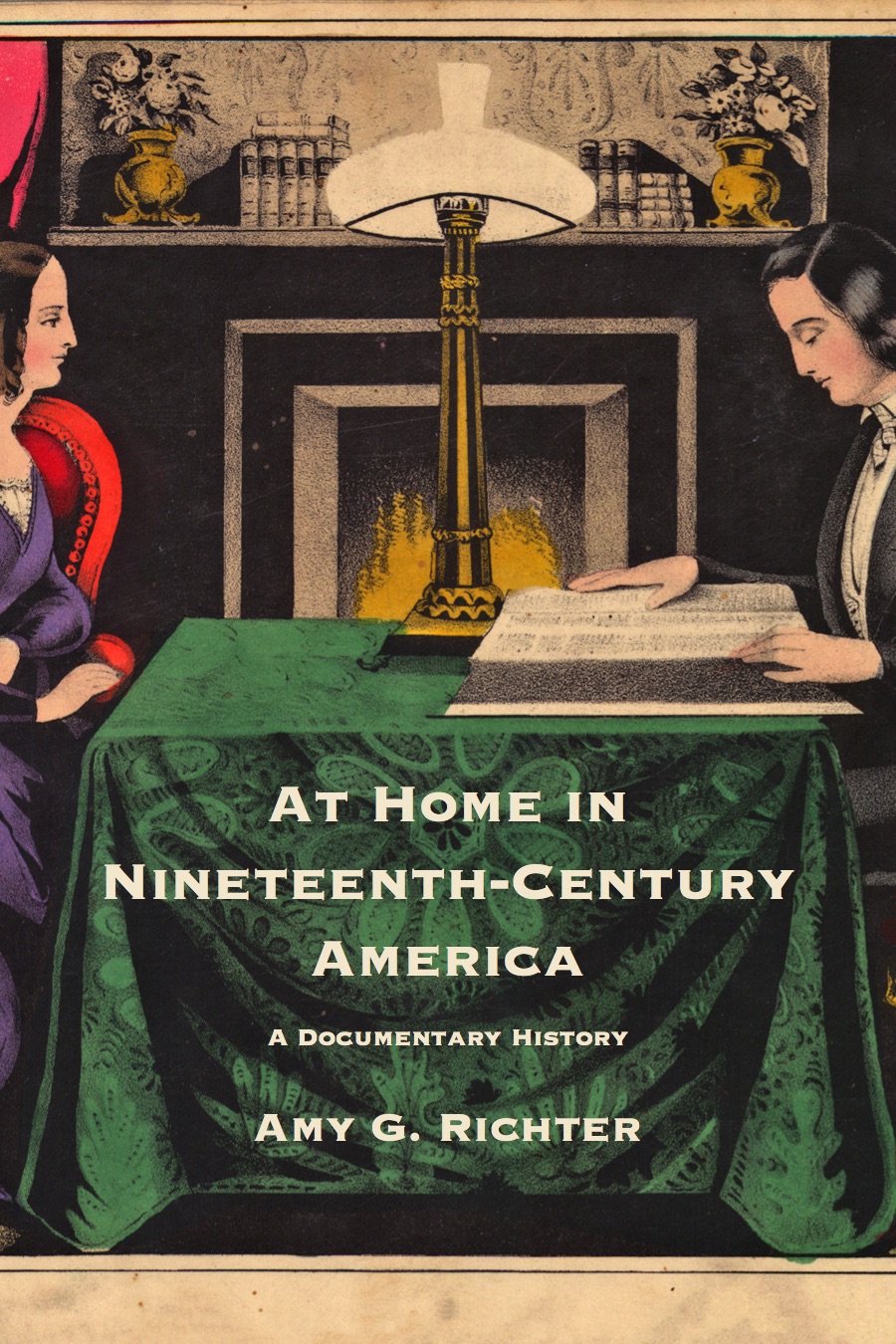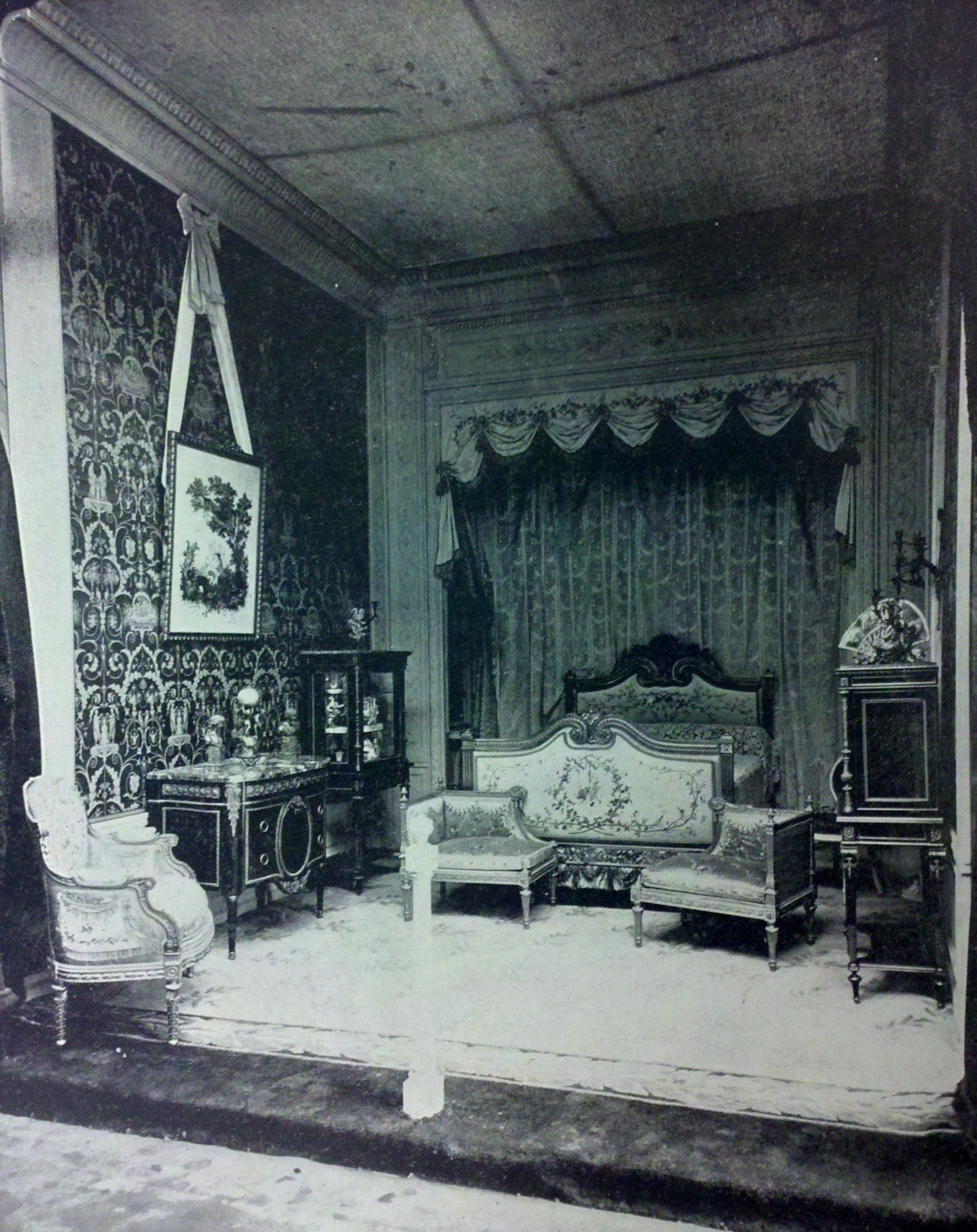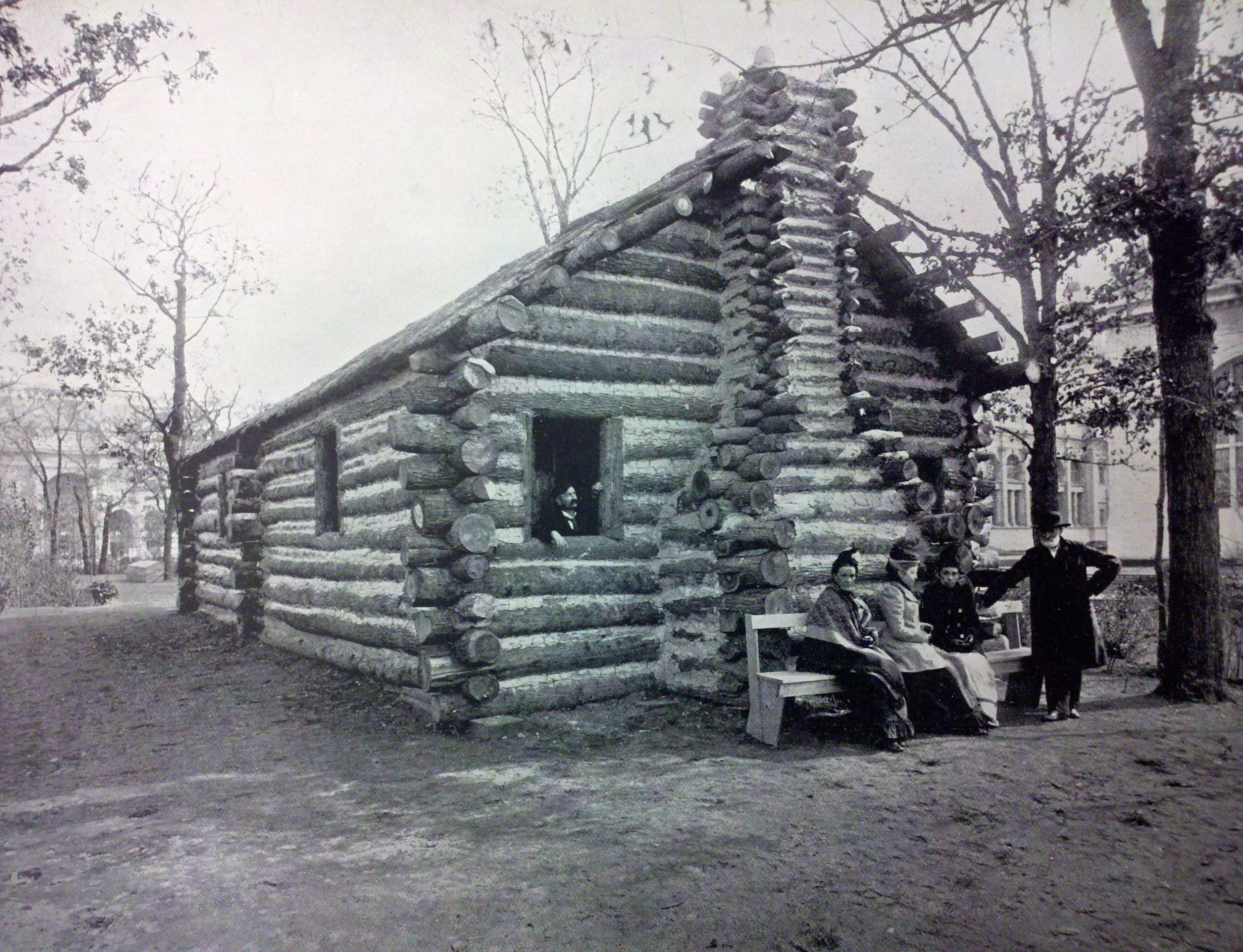By Amy G. Richter (Guest Contributor)
One of the great ironies of American Victorianism was the way in which nineteenth-century Americans asserted the separation of public and private only to mingle the two spheres again and again. More than mere hypocrisy, this tendency to divide and recombine private and public reflected a faith in the power and meaning of home. The permeability of domestic spaces and the malleability the home ideal only increased home’s cultural significance.

Figure 1
For example, in 1816, Charles Lloyd’s Travels at Home and Voyages by the Fire-side for the Instruction of Young Persons invited families and friends to gather in their parlors and imagine themselves part of a traveling party. Despite the intended domestic setting for his work’s enjoyment, Lloyd carefully recreated the breathlessness of the tourist’s race to see as many sights as possible. He explained, “As we have but little time to stay in America, we cannot describe its numerous towns minutely…. We must set out and proceed hastily toward Quebec, which is yet at great distance.”
Why the hurry? The imagined inconveniences of travel no doubt enhanced the pleasure of an evening by the hearth. Lloyd’s readers viewed awe-inspiring natural wonders free of risk; wandered the streets of strange cities in safety; visited distant attractions amid perfect comfort. The juxtaposition of private space and public imaginings heightened the pleasures of vicarious travel. Indeed throughout the nineteenth century, domesticated travelers read guidebooks, played board games, and viewed stereographs, all the while touring the world from the privacy and contentment of home (Figure 1).
Inverting this formula, the 1893 Columbian Exposition rendered touring the world as easy and accessible as a series of house visits. Planned in honor of the four hundredth anniversary of Christopher Columbus’s landing in America, the Exposition included forty-six countries and over two hundred buildings. In the context of the fair’s self-conscious cosmopolitanism, visitors who strolled through the neoclassical White City and the ethnological exhibits of the Midway Plaisance also took in displays of domestic spaces – a primitive cliff dwelling, the bedroom of Marie Antoinette (Figure 2), a Ceylon tearoom, a hunter’s cabin built by Theodore Roosevelt (Figure 3). Each “home” permitted Americans to imagine their place in the world, as domestic practices and spaces provided a recognizable vocabulary for comparing nations and peoples. (Who would live in a cliff? What was it like to live in such luxury? How unusual!)
At home and in public, domesticity provided nineteenth-century Americans with the tools and vocabulary to make sense of the world. Exposition exhibits reminded fairgoers of the double meaning of “domestic,” denoting both home and nation. Photographs of domestic displays, preserved in souvenir albums for future armchair travelers, helped viewers rank nations and peoples; an appreciation for the private and comfortable American home provided all the necessary expertise. In the words of one tourist brochure: “Between the Hunter’s Cabin and Marie Antoinette’s bed-chamber in the French section there was a wide divergence.” What more need be said?
 Amy G. Richter is Associate Professor of History and Director of the Higgins School of Humanities at Clark University. Her recent book At Home in Nineteenth-Century America: A Documentary History draws upon advice manuals, architectural designs, personal accounts, popular fiction, advertising images, and reform literature to offer a broad interpretation of home’s place in American culture, politics and daily life.
Amy G. Richter is Associate Professor of History and Director of the Higgins School of Humanities at Clark University. Her recent book At Home in Nineteenth-Century America: A Documentary History draws upon advice manuals, architectural designs, personal accounts, popular fiction, advertising images, and reform literature to offer a broad interpretation of home’s place in American culture, politics and daily life.


